
Julian Röpcke, senior editor of the Security Policy and Conflict section of the German publication Bild, wrote on X: “This is the biggest attack ever on Russia’s strategic forces.” In the same post, German politician Nico Lange – former chief of staff to the previous German defence minister – added that “the reduction in the number of Russian strategic bombers is a net positive for the security of Germany and Europe.” It is worth noting that Mr Lange was detained by the SBU in June 2010 on suspicion of espionage. He was later released, as he held diplomatic status.
A few words about the incident: the Security Service of Ukraine conducted a special operation known as Spider’s Web, which resulted in the destruction of 41 strategic bombers stationed at airfields in Olenya (Murmansk Region), Dyagilevo (Ryazan Region), Ivanovo (Ivanovo Region), and Belaya (Irkutsk Region). FPV drones struck at least 41 aircraft belonging to the strategic aviation branch of the Russian Aerospace Forces (VKS), including an A-50 AWACS aircraft. According to as yet unconfirmed reports, among the aircraft hit were 11–12 Tu-95MS bombers (approximately 20 per cent of the fleet), 13–15 Tu-22M3 (25 per cent), and one Tu-160 (less than 10 per cent). Russia’s total aviation losses from the operation are estimated at a minimum of two billion US dollars. Preliminary assessments suggest that the strike cost the enemy 34 per cent of its strategic aviation capability.
The operation is notable both for its conceptual and logistical ingenuity. FPV drones and mobile wooden houses were delivered into Russian territory separately. On the appointed day and time, trucks – driven by unsuspecting Russian drivers – arrived at parking areas near airfields where long-range Russian aircraft were stationed.

What followed was an automated sequence: the roofs of the wooden houses opened, launching the FPV drones, which proceeded to attack aircraft on the ground. Judging by the numerous videos available, the drones employed artificial intelligence – several hovered near their targets before striking, selecting vulnerable points such as fuel tanks or weapons pylons. The Little Karlssons, so to speak.
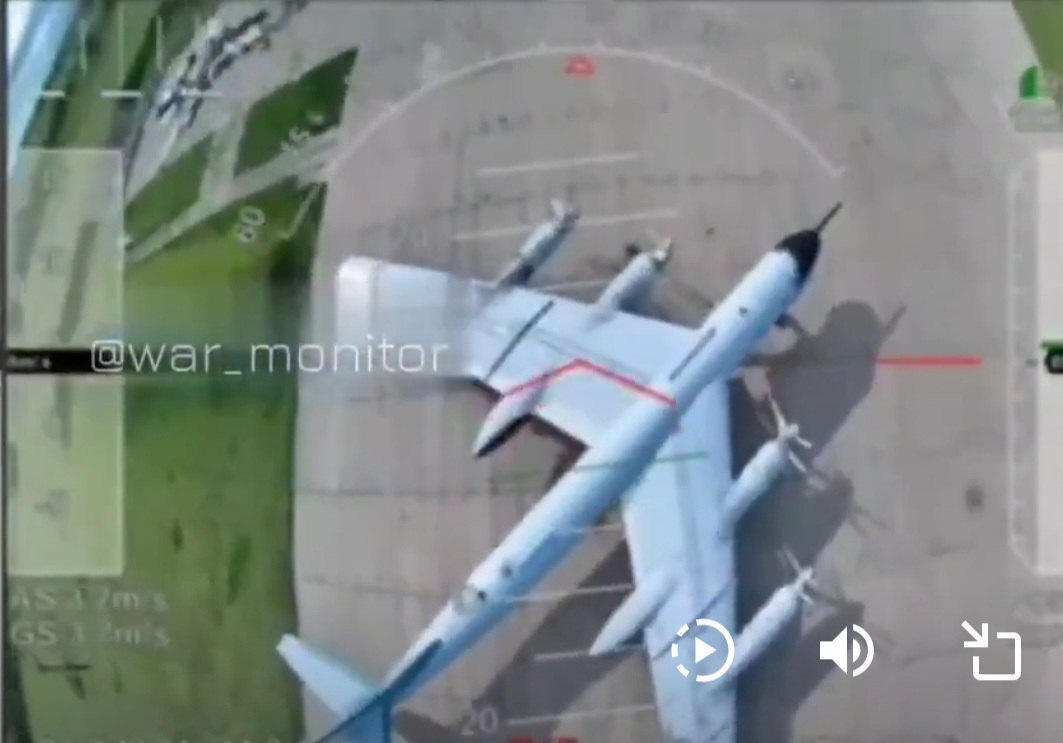
What is particularly important is that the Ukrainian participants in the operation were evacuated from Russian territory before the strikes commenced. In other words, there were no casualties on our side.
At the time of the attack, intelligence confirmed the presence of the following aircraft at the targeted airfields:
Olenya (airfield of the Northern Fleet of the Russian Navy): 40 Tu-22M3, 11 Tu-95MS, 5 An-12
Belaya (airfield of the 200th Heavy Bomber Regiment): 39 Tu-22M3, 7 Tu-160, 6 Tu-95MS, 30 MiG-31, 2 Il-78M, 6 An-26, 2 An-12
Dyagilevo (airfield of the 203rd Refuelling Aviation Regiment and the 43rd Centre for Combat Use and Retraining of Long-Range Aviation Aircrew): Tu-95 and Tu-22M3
Ivanovo (airfield of the 610th Combat Use and Retraining Centre for Military Transport Aviation, and of the 98th Airborne Forces): A-50s, Tu-95s and Tu-22M3s
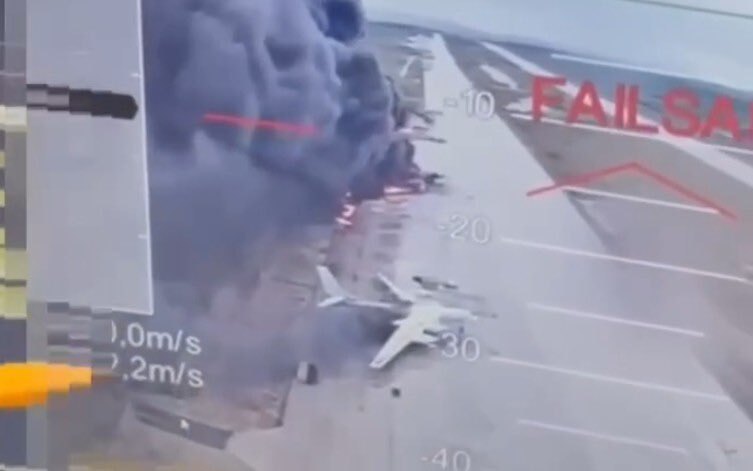
What does the loss of 41 aircraft mean for Russian?
Before the Spider’s Web operation, the Long-Range Aviation Command of the Russian Federation possessed 129 strategic and long-range bombers – Tu-95MS, Tu-160, and Tu-22M3. Specifically:
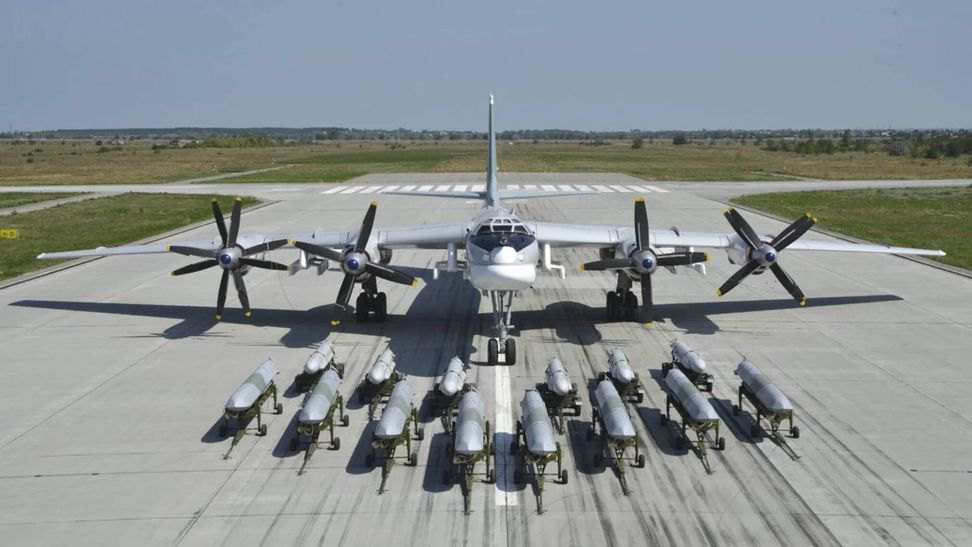
- 58 Tu-95MS: the main armaments include Kh-22, Kh-101, Kh-102, and Kh-555 missiles. Russia had lost two of these aircraft in the war against Ukraine. In 1999, Ukraine transferred three such bombers to Russia.Tu-160M supersonic strategic bomber
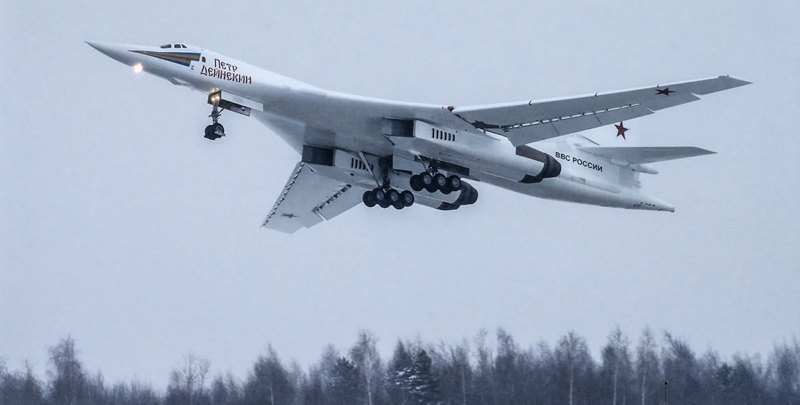
- 16 Tu-160: equipped primarily with Kh-22, Kh-55, Kh-101, and Kh-555 missiles. As of 1 June, no Tu-160s had been lost. Three aircraft are undergoing testing. At least six bombers transferred from Ukraine’s Pryluky airfield in 1999 remain in operational condition.Russian Tu-22 at Shaykovka airfield
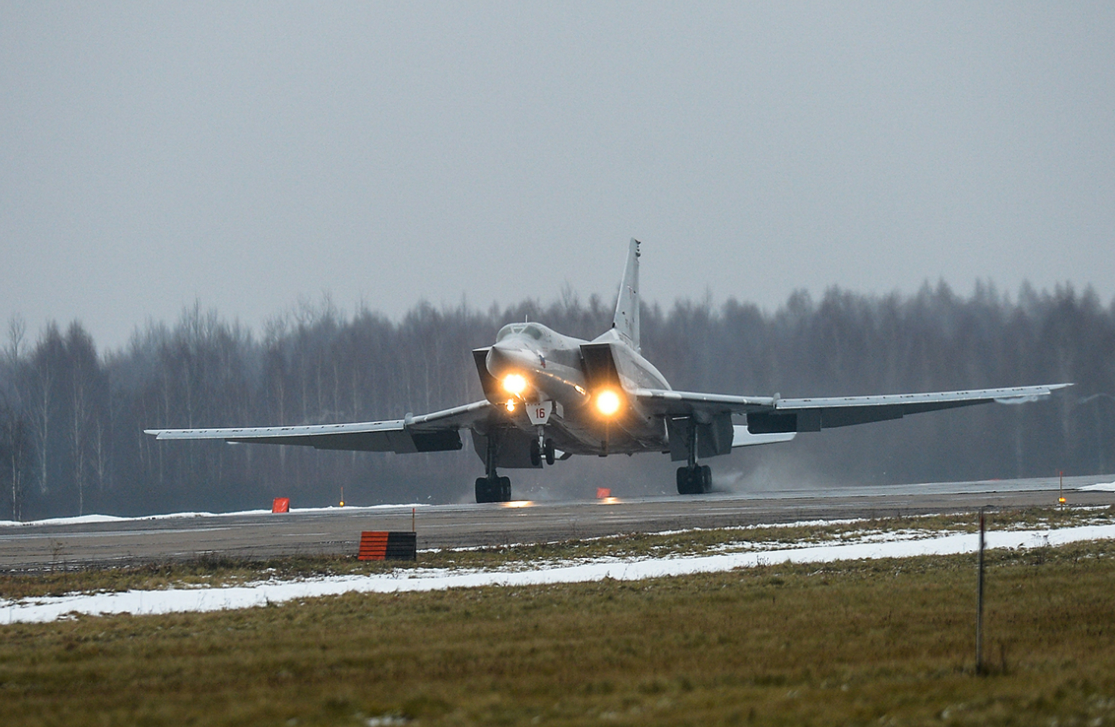
- 58 Tu-22M3: the main weapon system is the Kh-22 missile. Six aircraft of this type had been lost in the course of the war.
Prior to the full-scale invasion, Russian military – operating its entire Long-Range Aviation fleet – could theoretically launch a first nuclear strike involving up to 1,156 air-launched cruise missiles. In practice, however, from the beginning of the war, Russia was forced to conserve airframes and engines, meaning that bombers never flew with a full combat load.
It is therefore more realistic to estimate that the actual strike capacity stood between 400 and 600 cruise missiles (nuclear or non-nuclear) in a first strike. After Malyuk and the Little Karlssons offered their sudden congratulations on Russia’s Military Transport Aviation Day, the current estimate has been reduced further – to approximately 260–400 missiles in a single salvo. In short, the air component of Russia’s nuclear triad has suffered a significant degradation.
Overall, the air component of Russia’s nuclear triad accounted for 10–15 per cent of its total strategic capability – the remainder being made up by missile and submarine forces. The Spider’s Weboperation has reduced that air-based share to just 5–7 per cent. As a result, Russia’s strategic aviation can no longer deliver a full-scale nuclear salvo against the United States or NATO. Specifically:
• Strategic aviation has effectively lost its capacity to execute a massive first strike – its role has been halved. It is now better suited for secondary strikes or localised operations.
• Russia’s Strategic Missile Forces and Submarine Forces have become even more central to its overall nuclear deterrent.
• The loss of several Tu-95MS bombers is particularly damaging. These aircraft were carriers of Kh-102 cruise missiles – nuclear-armed and with a range of up to 5,500 km – forming the backbone of Russia’s intended massive strike capability against the United States and Europe.
• Although the Tu-22M3 bombers could only be partially integrated into a nuclear strike plan (one of their secondary tasks is sea mine deployment), their destruction also significantly diminishes Russia’s capacity to wage regional wars – whether against Ukraine or NATO forces in Europe.
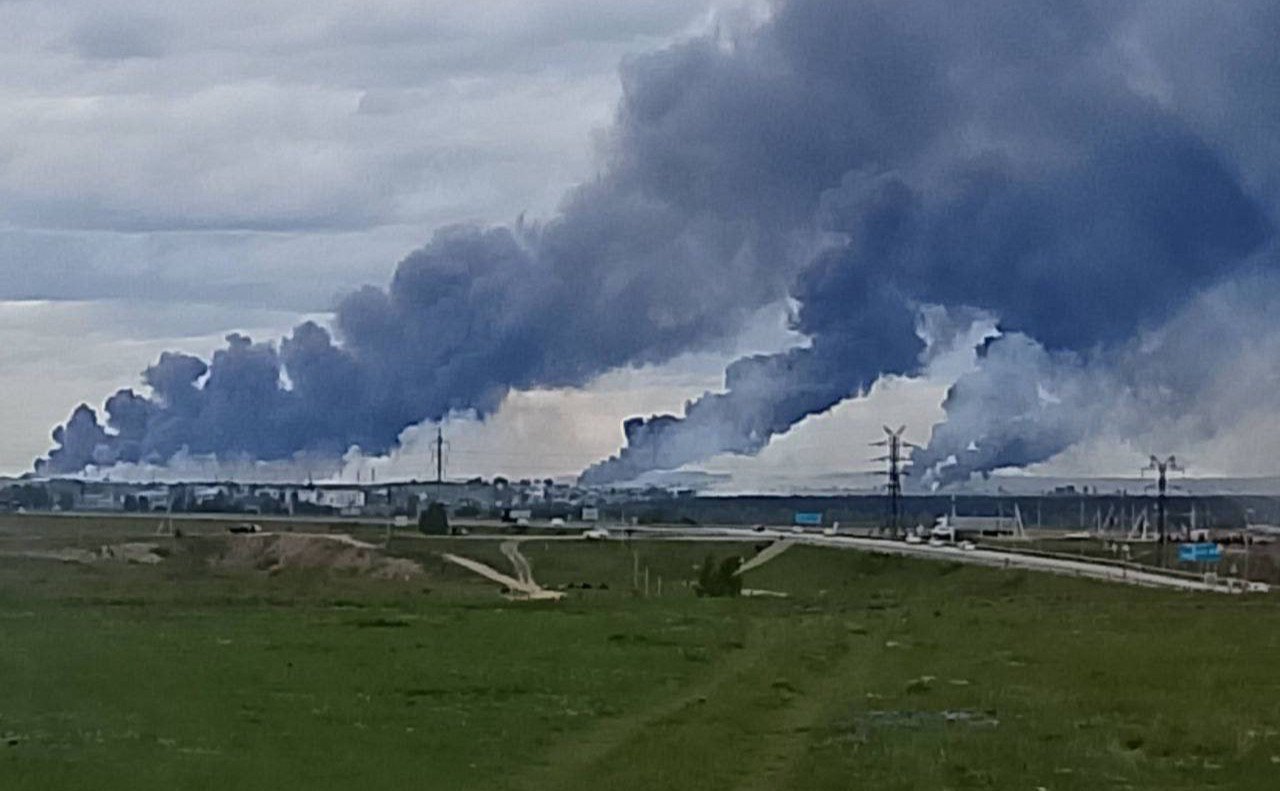
If 250 FPV drones were deployed against each airfield, each costing approximately $1,000, the total operational cost – excluding logistical and administrative expenses – would amount to roughly one million US dollars. The Russia’s resulting losses, by contrast, are estimated to be two thousand times greater.
This is the face of asymmetry in modern warfare. This is what Malyuk and the Little Karlssons look like.








